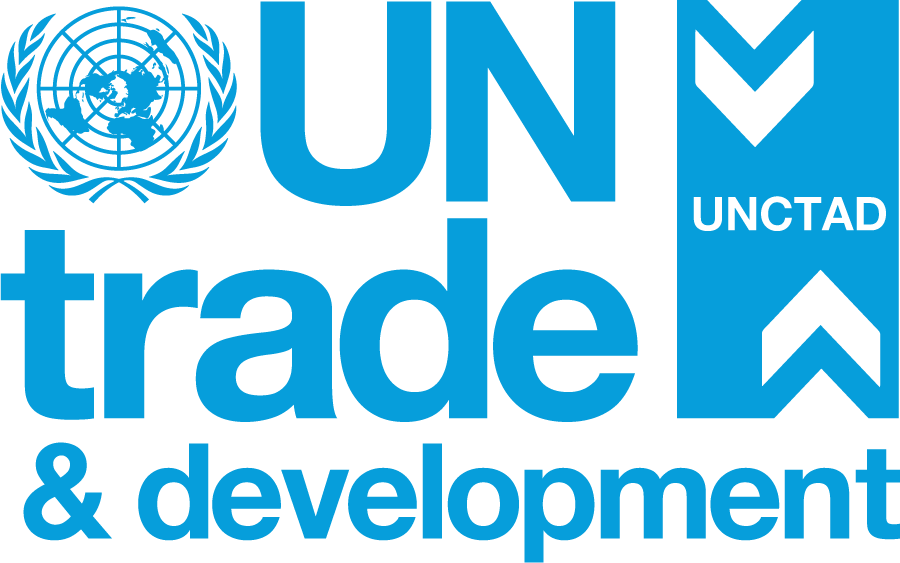
Forecast on the global economy and its trends: Uncertainty and the global trade–finance nexus 10 November 2025
The short course will draw on insights from this year’s Trade and Development Report 2025, which examines the global economic landscape of 2025. It highlights how system-wide uncertainty in trade rules, integration strategies and geoeconomic confrontations, particularly affecting developing economies, have evolved. Longer-term structural shifts and lowered growth expectations in the global South are also explored, as external shocks, rising debt-service costs and entrenched inequalities continue to constrain development prospects. A central theme is that the trade–finance nexus: international trade – across commodities, manufactured goods and services – is inseparable from financial mechanisms such as credit, banking, securitization, insurance and capital markets. The report shows how monetary policy shocks and policy uncertainty feed into asset-price volatility, tighter financing conditions and weaker investment, disproportionately affecting developing countries.
The analysis emphasizes the growing asymmetry between trade and finance. While the geography of merchandise trade has diversified with the rise of the global South, global finance remains concentrated around dollar-based payment systems and private standards. This divergence increases systemic vulnerability and magnifies the risks of financial disturbances, spilling over into trade. In response, the report calls for integrated policy approaches, expansion of development-safe trade finance, ensuring transparency in trade documentation, recalibration of financial integration to reduce currency and liquidity premiums and strengthening of regional and South–South cooperation to address common shocks. It also highlights related risks and opportunities, arguing that targeted public investment and improved access to climate and blended finance will help. Overall, the report frames today’s pivot in globalization as an opportunity to recalibrate trade and financial governance to align with 21st-century development goals, ensuring that systems remain resilient under persistent uncertainty.
By the end of the course, delegates will have deepened their knowledge on:
- The current global macroeconomic landscape.
- Strategies to address trade–finance nexus, debt sustainability and fiscal challenges.
- Opportunities and challenges presented by the current economic landscape.
- Innovative financing mechanisms and how debt can be managed and addressed.


